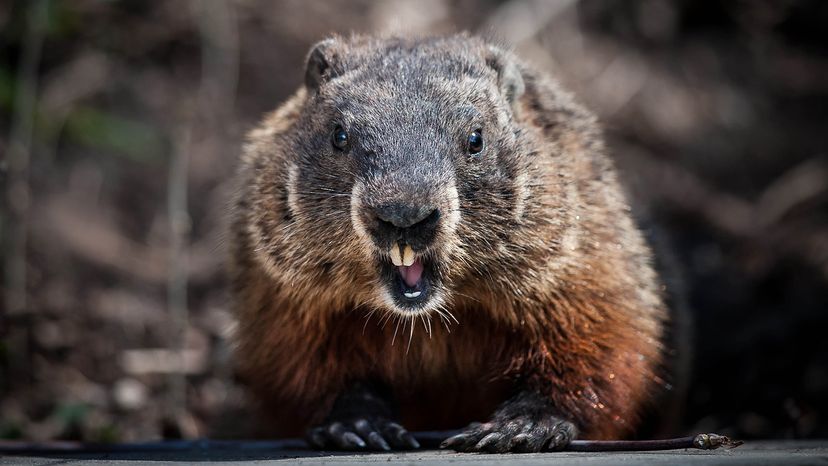
You’ve seen them pop up on Groundhog Day, predicting six more weeks of winter or the coming of spring. But what do groundhogs eat?
These furry little rodents, also known as woodchucks or whistle pigs, are expert foragers that munch on a wide variety of plants and other natural goodies. They need to build up body weight before winter, so their diet plays a huge role in their survival.
Advertisement
Do groundhogs eat different things during different seasons? Let's take a closer look at the groundhog diet.
